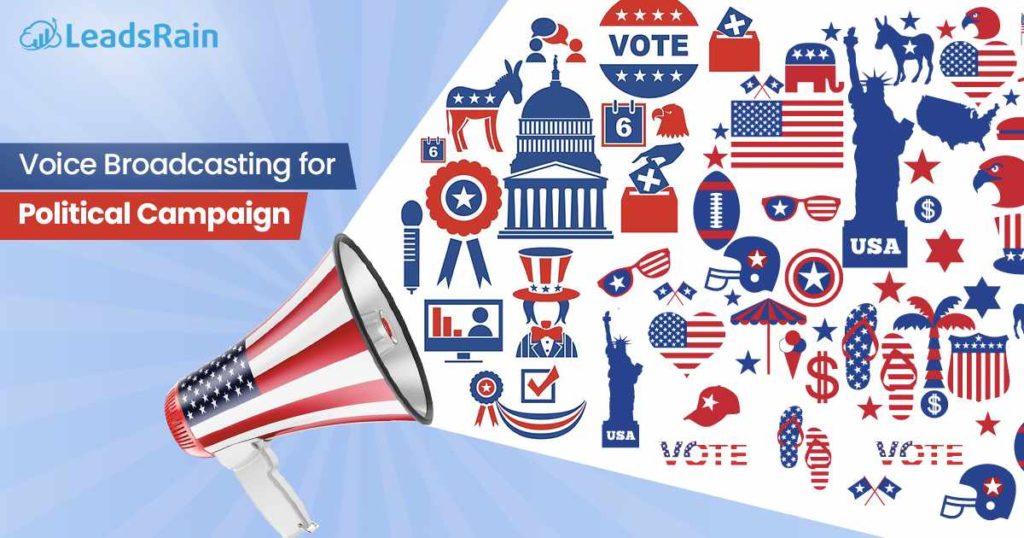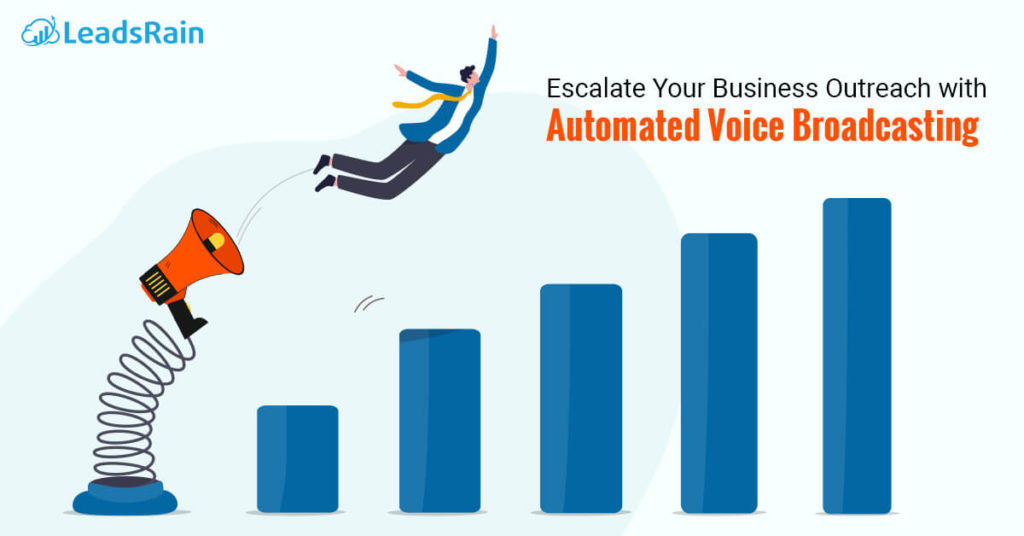When brands look to adopt direct marketing techniques, they look for the platform, not the quality of service. Representatives have remained adamant about the kind of direct marketing platform they would like to use, rather than study which one would bring them a better ROI. This is one of the growing problems in the marketing sector for industries. Sometimes, the experienced personnel can drive your campaign to better returns. Questions that we ask on a regular basis to our clients is about the philosophy that drove them to make these decisions about the direct marketing platform, and if they were open to considering some changes in this approach.
Direct marketing is not about one platform and it is not about either of the platforms bringing the same results. This is a common misconception. There is a pattern that each direct marketing technique follows in targeting the leads. To identify which technique best matches your requirements, you need to understand what kind of a market you are wishing to capture.
When it comes to Voice Broadcasting, the direct marketing field sees a set of uses for this facility. However, businesses fail to understand the kind of impact it has on the customers, and hence, fail to reap the right benefits of it. Voice broadcast platform has uses in certain specific scenarios where they can bring the best returns. Here are the five things to consider for an effective voice broadcasting messages.
Audience
To construct a message, the first consideration is towards the nature of the listener. The attributes of the audience play the most dominant role in crafting the message for voice broadcasting. Businesses find their customers at the apex of business priorities, giving these customers the power to guide the business to success, or sink them to the lowest of lows. Hence, the audience that the message is being delivered to, are at the center of the discussion when it comes to designing a marketing message.
In this aspect, the considerations undertake questions such as the kind of audience that the businesses are looking at. Their age, the language they use to communicate, the cultural essence of that community that could be leveraged in return for their interest in the message. The question also looks at the importance, the product that is being talked about holds in the audience’s life.
Message Length
After identifying the audience, it is now time to consider what lengths you are ready to go, to spread your word. By lengths here, we mean the length of your message. Nobody enjoys listening to a corporate message that is trying to sell them a product. The scenario is quite different when it comes to disaster awareness campaign run through voice broadcasting message. In that case, the length of the message does not really matter. Moreover, that is not a corporate message. However, when the audience recognizes that this is a corporate message, they grow skeptical about it almost 80% of the time, making your task that much more difficult.
In our professional opinion, a voice broadcasting message must be limited to 30-40 seconds that includes the necessary information you have to deliver. A smaller message could be better, provided that it does not compromise on the selling point. The crispness of your message will drive your audience towards you, simultaneously driving authenticity in your business. Remember, you are not running this campaign to harass them, but inform them of the product you are selling, and how it is useful to them.
Humour and Facts
 It is seen that an icebreaker session is not the only key to building relations. Most of the time, humor seems to reap better results. A voice broadcasting message may ask for entertainment before you fire your suggestions about which product to buy. Not only are we trying to build a connection, through a voice recording with an unknown person, but through this medium, we are also trying to sell them something.It requires you to be honest to a flaw. Trying to be too impressed with your message can again harm your “company.” In all honesty, some amount of humor, guided in the right direction, can make your task much easier. Businesses must picture what their audience is going to feel and express, listening to their message. Needless to say, the originality of your business is what you should portray, since on doing otherwise, it will put a huge burden on your shoulders (and stomach) simply to convert one lead.
It is seen that an icebreaker session is not the only key to building relations. Most of the time, humor seems to reap better results. A voice broadcasting message may ask for entertainment before you fire your suggestions about which product to buy. Not only are we trying to build a connection, through a voice recording with an unknown person, but through this medium, we are also trying to sell them something.It requires you to be honest to a flaw. Trying to be too impressed with your message can again harm your “company.” In all honesty, some amount of humor, guided in the right direction, can make your task much easier. Businesses must picture what their audience is going to feel and express, listening to their message. Needless to say, the originality of your business is what you should portray, since on doing otherwise, it will put a huge burden on your shoulders (and stomach) simply to convert one lead.
Let us recall the point of voice broadcasting. It is to inform the leads about your product and the essence of it in their lifestyle. What better than some factual information to drive their pockets empty? It has been observed that when the product is justified in their life, the customers will think less before buying it. When the details are drawn out for them to analyze, the customers feel secure about the product. Be it any situation, facts are the real reason why sales go up. Hence, it is advised that there be included a series of rare factual information in your message for your customers to feel secure about the product, which will drive your sales positively.
Lure Them In
As already talked about the importance of factual information, the art of luring your customers in, to purchase your product is no different. However, it is a bit different from the CTA (the next section covers that). In order to lure your customers in, yes, you need to make them feel secure, but you need to give them an incentive. Nothing in the world today can be achieved without an incentive. These incentives can involve offers, something that can make your audience feel like they are in an exclusive relationship with you.
It is not difficult to lure your customers in, when you cut down the cost for them, or find reasons that make your product special. Of course, every product has its drawbacks, but then, the customers should feel that the pros outweigh the cons. So the question is, how will you incentivize your message for your audience?
Call to Action
Every message must have an introduction and a call to action (CTA). The introduction is not for them to feel familiar but if they are not, they can look you up, and find out more about you. Certainly, this plays a role in authenticity, but surprisingly, this also makes your CTA stronger. When the customer is being introduced to you, he will not only be questioning your brand first, but the capitalist instinct would urge him to try your product out. This works with a number of potential customers. All you gotta do is introduce yourself.
CTA is one of the tricky parts of the message being delivered because that is when the corporates reveal themselves. This is where all the ice-breakers, humor and incentives are revealed as a marketing scheme, which could damage your campaign if not done right. But you have to ask your customers to take some action in your favor.
Talking about the CTA and how to make it stronger, one could leave behind as much information about reaching them, as possible. One could maintain the tone they have, throughout the message. The answer is inconsistency, and confidence, nothing more. There is no technological superlative that guides your customers towards you, then you yourself. So get started, craft your message and make it rain!
As mentioned in the introduction of this post about the confusion corporates have about adopting a particular direct marketing platform. Here at LeadsRain, we have structured our services and support in a fashion that is able to understand your needs and is able to deliver the results that are asked for. We have designed several tips for a successful voice broadcast campaign and the industries that can use voice broadcasting. Find out more in detail on our website here so we can help you with any queries that you may have. You may also reach us at support@leadsrain.com








